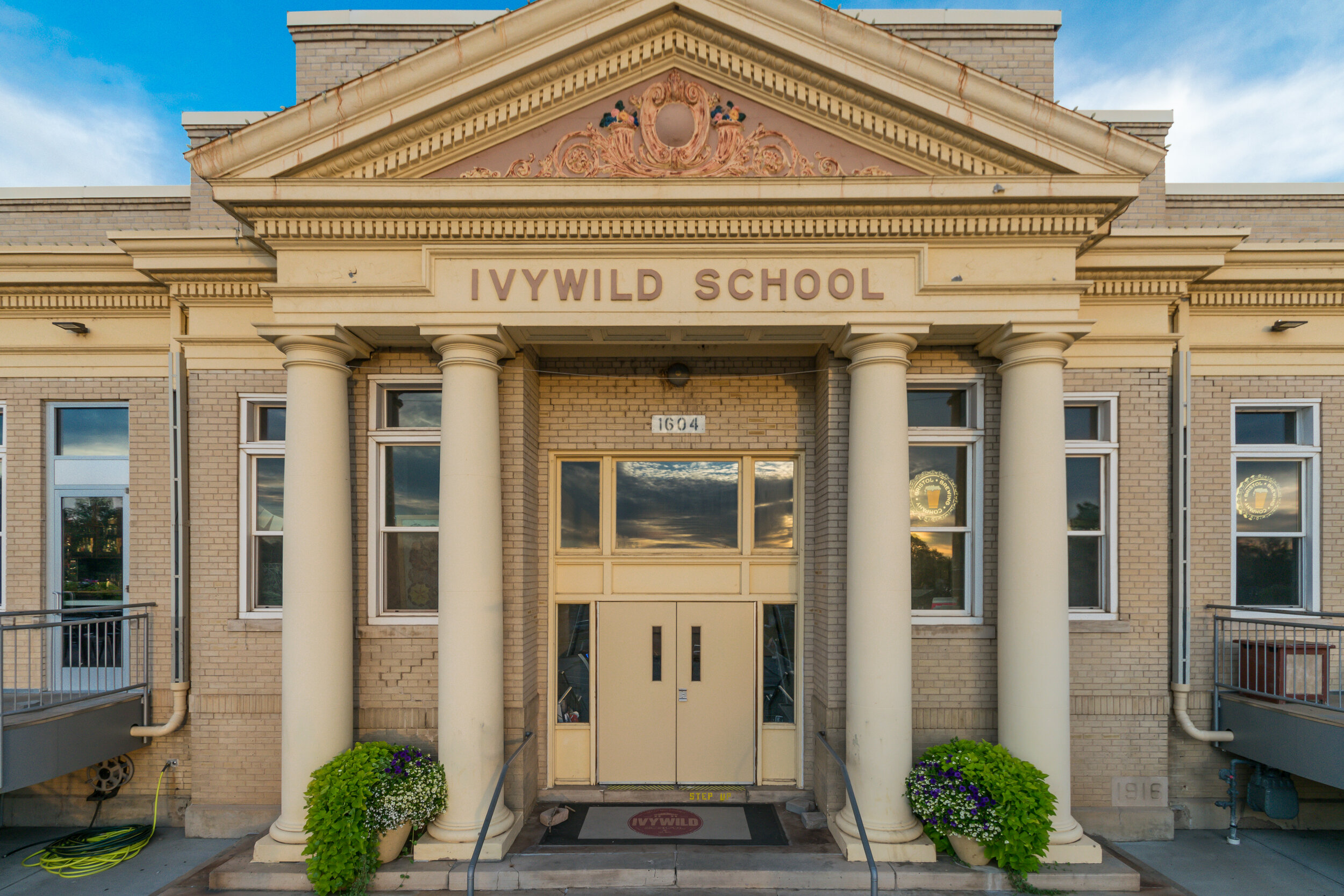
Our Story
About US
Ivywild School is a place where neighbors, friends, colleagues and visitors can meet and mingle. A place where you can enjoy great local fare and share ideas. But it’s also much more than that. It’s a flourishing communal atmosphere linking commerce and community with gathering spaces, local cuisine, education, art and gardens. Formerly an elementary school, Ivywild’s façade still holds true to its roots as reimagined spaces fill the halls once again with the voices of children and adults alike.
A virtual and literal hotspot of activity throughout the day, Ivywild is always full of energy. Wide hallways afford plenty of space for relaxing or viewing the ever-changing art offerings. Multiple patios provide al fresco seating in the building’s beautiful Rocky Mountain setting. And a highly-walkable “public square” will host markets, festivals, and other special events.
So whether you just want to pick up a cup of Joe, linger for lunch and an afternoon cocktail, or a hand-crafted Beer, Ivywild School will be a hub for meeting, eating, drinking and neighboring.
History
Originally an elementary school built in 1916, Ivywild School was closed in 2009. It was shortly thereafter that the wheels started turning and the idea to move the 18-year old Bristol Brewery over to the space, along with a bakery, espresso/cocktail bar, delicatessen and office space, started to take shape. It was a unique and bold proposition that would take years of planning and a lot of great minds to achieve but it was just what the neighborhood needed.
The concept behind creating this multi-use district combines the idea of linking commerce and community from Joe Coleman and Mike Bristol with a vision of building sustainable facilities, neighborhoods, and communities from local architect Jim Fennell. After winning support from neighbors and community leaders, the group purchased the old school building in March 2012.
The thinking was inspired by the idea of strengthening the neighborhood’s identity by restoring its historic centerpiece. But more importantly, it was an alignment of beliefs in which they all stood behind – the common good of a community, local business and the environment. By bringing together like-minded people and businesses, sharing byproducts and eliminating waste, they were attempting to do something that had never been done before in the heart of a Colorado Springs’ neighborhood.
